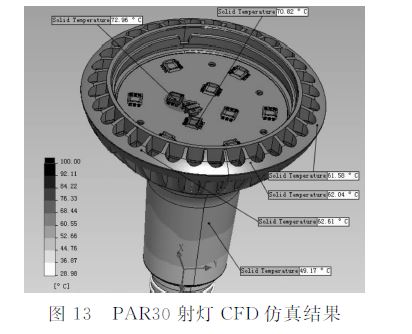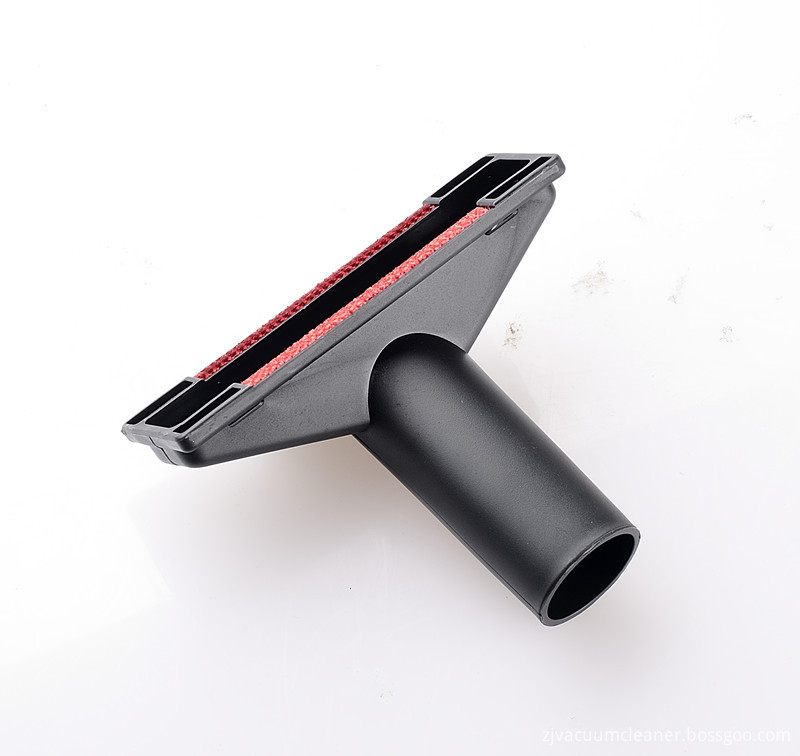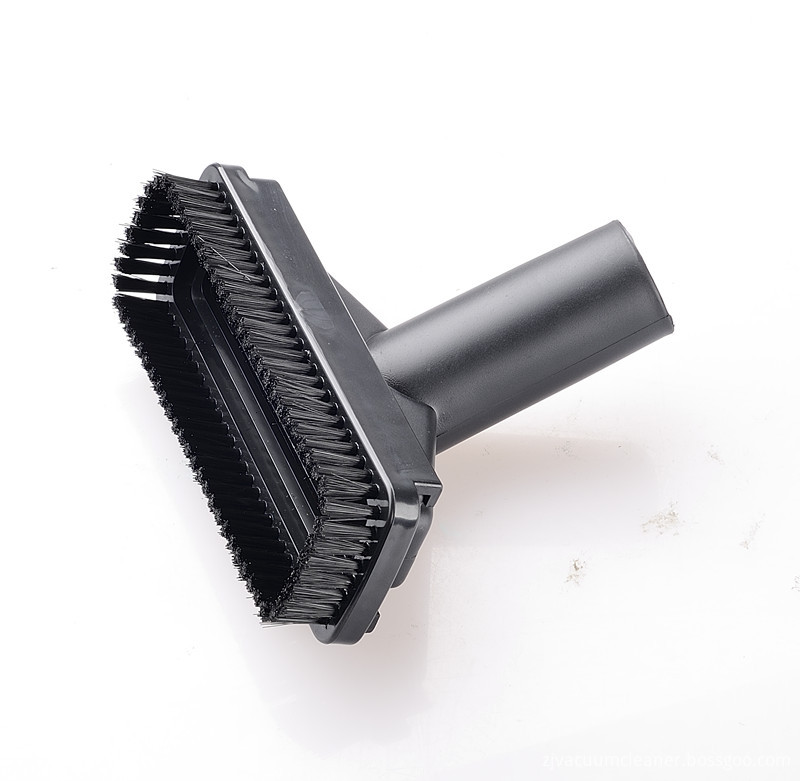4 Thermal conductivity and emissivity of heat dissipation materials
4.1 Thermal conductivity of thermal materials
The thermal conductivity of the material reflects the thermal conductivity of the material. Thermal conduction is the most fundamental factor affecting heat dissipation. It determines whether the heat generated by the LED luminaire can be effectively and quickly transmitted to the heat dissipation surface of the luminaire. The thermal conductivity of different materials varies with physical properties, production processes, and the like. Simulation analysis of 14W LED PAR30 spotlights, using different thermal conductivity materials for heat dissipation of LED lamps, the simulation results are shown in Figure 9, indicating that the higher the thermal conductivity of the material, the lower the operating temperature of the final LED lamp The better the heat dissipation effect.

4.2 Radiation rate of heat dissipation material
The thermal emissivity γ of different materials is different. Even if the surface treatment process is the same for different materials, the thermal emissivity is not the same [14]. Therefore, in the CFD heat dissipation simulation, the material and its surface treatment must be clarified. The temperature field of the surface of the 7W LEDPAR16 spotlight is 0.95, 0.9, 0.85, 0.8, 0.7, 0.6, 0.5, and the operating temperature of the LED and the average temperature of the heat sink are shown in Figure 10 and Figure 11. The trend of the emissivity of the heat sink material. Observing the simulation results, it can be found that when the material emissivity is above 0.80, the LED operating temperature and the average temperature of the heat sink do not change greatly, indicating that for the aluminum radiator, the material emissivity can reach 0.80; When the emissivity is below 0.80, the maximum temperature of the LED and the average temperature of the heat sink vary linearly with the emissivity of the material. The lower the emissivity, the higher the temperature. Therefore, when the product heat dissipation material is selected, the surface emissivity of 0.80 can be used as a reference.


5 Simulation data and laboratory measurement verification
The thermal simulation of 7 W LED PAR16 spotlight and 14W LED PAR30 spotlight was carried out by CFD simulation software. The room temperature and solid initial temperature were set to 29 °C according to the laboratory ambient temperature. The simulation results are shown in Figure 12 and Figure 13. . The laboratory temperature measurement uses an 8-channel thermocouple thermometer TP700. The measurement environment is an unattended thermostatic closed laboratory with an ambient temperature of 29 °C. The laboratory temperature measurement results are compared with the CFD simulation results, as shown in Table 1 and Table 2.


It can be concluded from the comparison between Table 1 and Table 2 that the simulated temperature and laboratory measurement temperature error is only 4.17 °C and the minimum is 0.17 °C, which indicates that the LED lamp heat dissipation model established in this paper is in line with the actual working conditions, and the simulation accuracy is compared. high. At the same time, through simulation, it is also found that the operating temperature of the LED lamp driving power supply is too high, and the power supply heat dissipation problem can be solved in the subsequent product development process to improve the life and reliability of the LED lighting product.

6 Conclusion
Boundary condition setting, thermal resistance calculation, thermal load analysis and heat sink are the key steps in CFD simulation analysis of LED lamps. It is necessary to verify and correct with laboratory temperature measurement to obtain more accurate simulation results of thermal simulation. The CFD thermal simulation results have important reference value and guidance for the development and design of LED luminaires, which can shorten the development cycle, reduce the development and design costs, and improve the reliability and competitiveness of LED luminaire products. (Author: Shen Yafeng)
This brush is 2 In 1 Bed Or Sofa Brush. This brush is including fur brush and anti static brush,so it is called 2 in 1 brush. When your bedspread is a little dirty,you can clean it by this anti static brush. It also can clean the sofa easily. When the sofa is dirty with dust,you can use the fur brush to clean it. The fue brush will clean it very easily. The anti static brush also can be used to clean the sofa. In a word,it is a very useful brush with high cost-performance,hope you will like it. Now let's see the picture about it.



2 In 1 Bed Or Sofa Brush
Bed Brush, Detachable Brush, 2 In 1 Bed Brush, Bed Head Brush
Ningbo ChinaClean Household Appliances Manufacture Co., Ltd. , https://www.chinaclean-elec.com